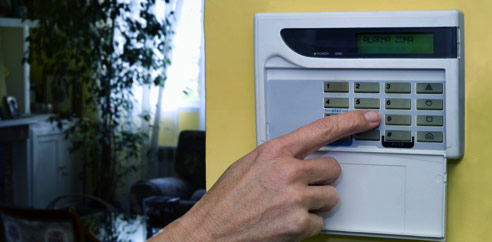Top 5 Ways To Avoid False Alarms
False alarms are the bane of the security system industry. Not only do false alarms eat up police and fire resources, but they can also mean significant municipal fines for home and business owners who find themselves dealing with fire and burglar alarm systems that are frequently tripped by accident.
Let’s take a look at the top five ways you can avoid a false alarm at home or at work.
1) Education. It’s critical to ensure that everyone in your home, or every employee at your place of business, is fully trained in how to arm, disarm, and otherwise operate your security and fire systems. The most common type of false alarm occurs when someone forgets that the system is armed when he enters a building, or can’t remember his access code. It’s also important that everyone involved knows how to contact the alarm system provider, if necessary, in order to deal with a malfunctioning system.
2) Repairs and Maintenance. A broken window sensor, an old smoke detector, a ragged wire attached to a door sensor – these are all easy-to-repair items that can be responsible for triggering a false alarm at the central monitoring station if they’re not fixed. If you don’t feel like you have the expertise required to take care of a suspected problem, then contact your installer as soon as possible so that a technician can be dispatched and the issue corrected. Keeping smoke detectors and motion sensors clean from dust and other gunk is also critical.
3) Testing. Does your home security system provider offer timer testing to ensure that communication between the central monitoring facility and your location is working properly? Has your fire alarm system been properly tested, on schedule, according to local and national regulations? Simple tests performed on a regular basis can help identify any potential problems with equipment before they trigger false alarms.
4) Plan for Pets. It happens on a regular basis: a homeowner has an alarm system installed, and then later on brings a new dog or cat home only to have the animal trip the motion sensors and cause a false alarm. Make sure to upgrade your motion sensors to pet-friendly units so you can avoid having this happen to you.
5) Have More Than One Method For Deactivating The System. Did your home security system come with a remote control? Do you know where it is? Does your business alarm system offer a mobile app? Have you installed it and been shown how to use it? Take advantage of your system’s multiple access points and use them as fallbacks should you, a family member, or an employee have trouble deactivating a false alarm from the primary keypad.


















